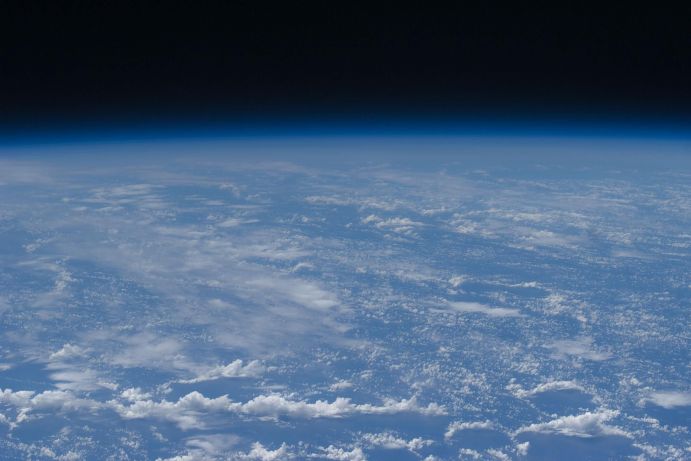Beware of the Temperature Debt - Artificial cooling of the atmosphere with aerosols carries a long-term risk
The Paris climate agreement obliges the international community to limit global warming to two degrees. However, man-made greenhouse gas emissions continue to increase instead of decreasing. Is climate engineering a solution to slow global warming? In the current issue of the journal Nature, Professor Andreas Oschlies from GEOMAR Helmholtz Centre for Ocean Research Kiel warns of an underestimated long-term risk of solar radiation management, one of the proposed climate engineering measures.

This idea is already being discussed internationally and first tests are under way. However, in today's issue of the journal Nature, the biogeochemist Prof. Dr. Andreas Oschlies from the GEOMAR Helmholtz Centre for Ocean Research Kiel warns of an often disregarded side effect of so-called Solar Radiation Management (SRM). Once you start SRM on a large scale, you cannot stop it without significant risks. This has been shown by many computer simulations of the Earth system, he emphasizes.
In the Paris climate agreement the international community has pledged itself to limit global warming to two degrees. However, from year to year, humanity releases more greenhouse gases into the atmosphere instead of reducing emissions. That is why the climate protection goal is harder to achieve than ever before. The idea of regulating the climate with technological methods, so-called climate engineering, is gaining more and more attention. SRM is one of these proposed methods.
Andreas Oschlies coordinates the Priority Programme Climate Engineering - Risks, Challenges, Opportunities? which is funded by the German Research Foundation (DFG). He says: To achieve acceptance for SRM globally, it would have to have a significant effect, maybe 0.5 degrees cooling or more. This would require massive use of aerosols. However, aerosols that can be brought into the atmosphere only have a lifespan of a few years. By contrast, greenhouse gases such as carbon dioxide remain in the atmosphere for centuries or even millennia.
The artificial cooling thus results in a temperature debt, which can be only balanced by continuous supply of short-lived aerosols until the carbon dioxide content of the atmosphere has decreased to a level corresponding to 0.5 degree cooling. According to calculations of the Intergovernmental Panel on Climate Change (IPCC), this can take many decades to a few hundred years. If you stop the SRM beforehand, you will tap into a temperature debt trap: Within a short time, global average temperatures would rise to the level you would have had without the SRM. The process would be so fast that it would have a significantly more catastrophic impact than the current warming anyway, says Professor Oschlies.
For some years now, the debate on SRM has focused on the risks and side effects that would arise from the continuous operation of solar geoengineering. However, the risk of a deliberate or unintended interruption of SRM must not be ignored and should always be considered in all discussions regarding SRM. Even with the best planning to ensure steady operation of the technology, its continuous safe functioning and maintenance cannot be guaranteed, he writes in Nature.
Oschlies, A. (2018): Solar engineering must take temperature into account. Nature, 554, 423, https://www.nature.com/articles/d41586-018-02203-x



